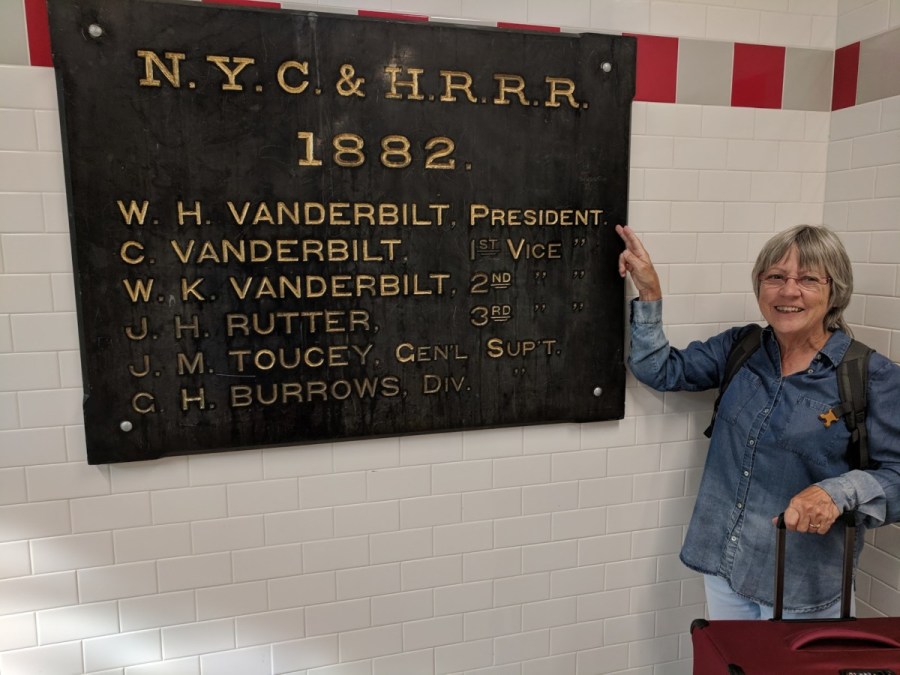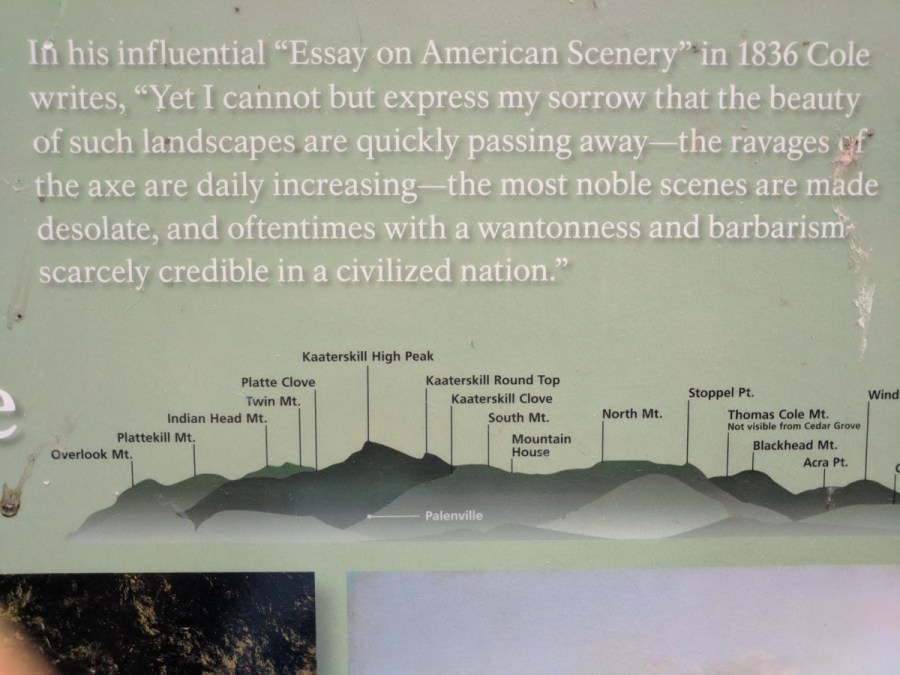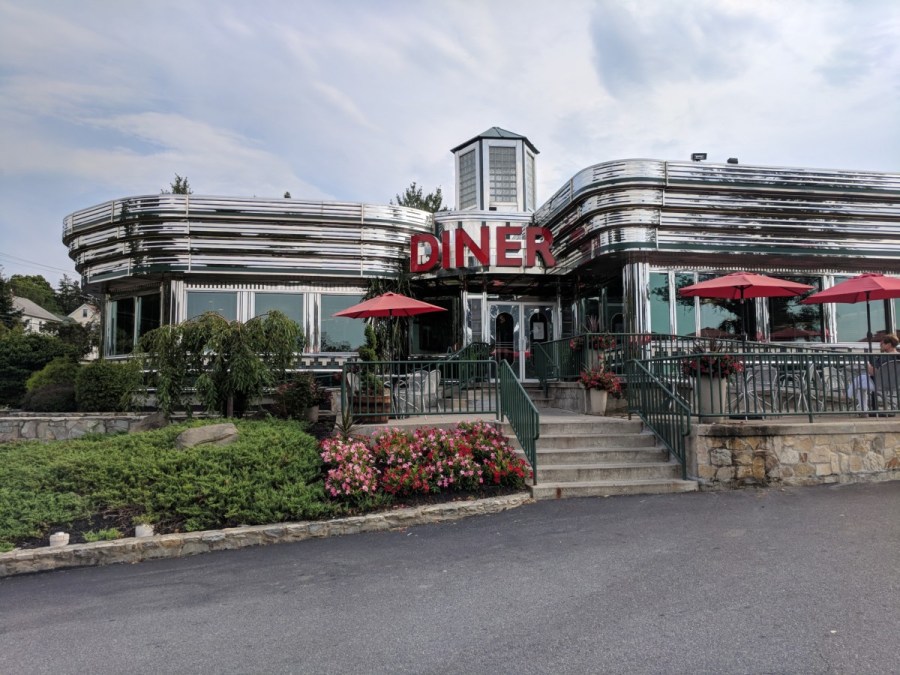We all know Niagara Falls is one of the global tourist honey pots and it is grossly overcrowded and highly commercialised.


But keep the faith, just start exploring and it gets really interesting! First up, photos from Paul’s helicopter trip help make sense of the geography and location of the falls at the border between USA and Canada.

You can get away from the crowds by rambling through the islands between the falls.

Paul also took an aerial shot of our hotel. So what, you might think?


This is a very pleasant, rather trendy boutique hotel but it was not our visit that made it famous! It was another Marilyn who came here in 1953 and who was mobbed as she descended these stairs to the hotel lobby.

26 year old Marilyn Monroe arrived on June 2nd 1953 to begin filming of the movie, “Niagara”. But you will not find this scene in the movie. Marilyn was here to visit a dentist for some emergency treatment and the news sped round the town!
Another hotel with a very different story…

Once again we had connected up with the Underground Rail Road history. The story of the hotel features in a fantastic exhibition at Niagara Falls railway station. The penny dropped for me at last – Canada was the freedom goal.

‘The permanent exhibition at the Niagara Falls Underground Railroad Heritage Center, One More River to Cross, features the rich stories of the Underground Railroad in Niagara Falls, the crucial role of its location and geography, and the action of its residents – particularly its African American residents.’
These last photos give just a flavour of the desperate events that took place at Niagara Falls – a World tourist hot spot…

























































